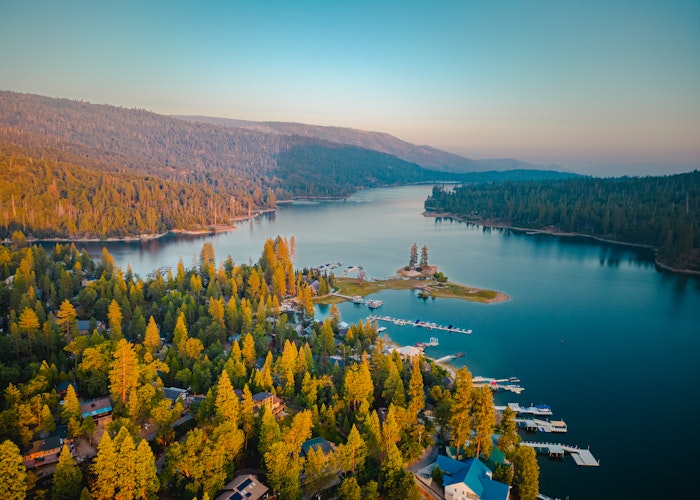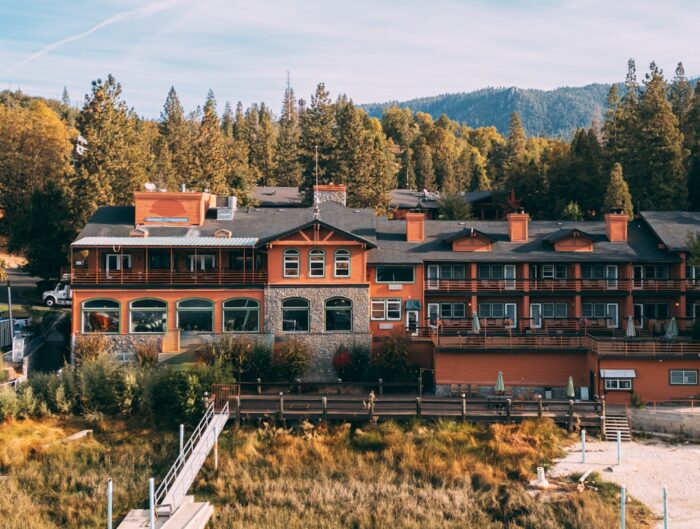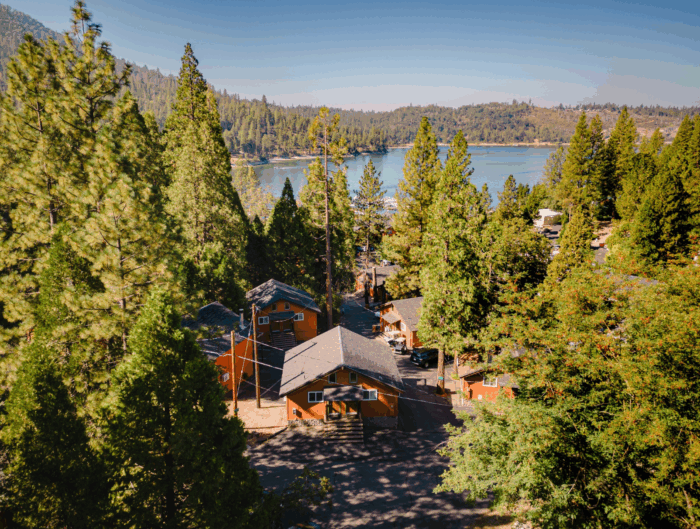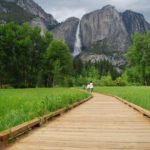
Even if you’ve never set foot in the park, you’re probably aware of some of the amazing natural wonders that are located in Yosemite National Park. From towering mountains, to rushing waterfalls, to picturesque sunsets, and more, the park is a favorite of the National Parks. But for even the most seasoned visitor, there’s probably a lot about Yosemite that you didn’t know. Check out these epic facts about one of the most popular natural destinations in the world.
The park is the size of Rhode Island.

With a land mass of 748,036 acres, or 1,169 square miles, this monster of a park is actually larger than the smallest state in the nation, Rhode Island, which boasts just 1,544 square miles.
The name “Yosemite” came from another word that translates to “Those who kill.”

The name “Yosemite” was originally used to refer to the Native American tribe that once called the area home. The tribe was actually called Yohhe’meti or Yos s e’meti, by other tribes in the region, two names that roughly translate to “those who kill.” These other tribes feared the Yosemite people, who were led by Chief Tenaya, and made up of ex-members of a variety of other tribes, and reverred for thier strength and power.
It’s home to the largest exposed granite monolith in the world.

Rising over 3,000 feet, or 350 stories, from Yosemite Valley, El Capitan is the largest solid-granite monolith in the world. For those looking for a closer view, a 16.8 mile hike to the stop, while strenuous, makes for some incredible views. Those looking for even more of a challenge can join the world-class climbers that attempt the infamously difficult ascent of El Capitan. Only four people have ever successfully free-climbed The Nose, a section of the monolith located between the two main faces, and popular among climbers looking for an extreme challenge.
That monolith sometimes catches fire.
Or at least it appears to. Its a phenomena called a “firefall,” which occurs at El Capitan each Febrary when natural light strikes just right on Horsetail Falls, a waterfall that topples off of the monolith. When the light from the setting sun strikes at the right time and the right angle, the waterfall appears to catch fire, and bright oranges and yellows dance in the falls. The phenomena captured the world’s eye this past February, thanks to countless visitors to the park snapping photos of the colorful falls and posting them to social media.
There are over 840 miles of trails.

From the Mist Trail that will take you to the top of Half Dome, arguably Yosemite’s most famous icon, to Yosemite Falls Trails, which takes you to the top of North America’s tallest waterfall, Yosemite offers everything from rugged backpacking treks to family-friendly excursuions, each one full of the breathtaking views that have made this park popular for generations. For many vistors, day hikes are a great way to take in the park’s many iconic views without the need for lots of equipment or long time commitmens. They range in difficulty from easy to strenuous, which means that there’s a great option for those with every level of hiking experience. There’s also a ton of trails outside the park that provide access to several stunning waterfalls and views of the mountains and nearby lakes. There’s even a few trails, including Nelder Grove, that offer access to some of California’s famous giant redwoods and sequoias, which is a great option with the Mariposa Grove of Giant Sequoias temporarily closed.
It’s got North America’s tallest waterfall.
A photo posted by 99Escapes Destinations (@destination_wow) on
Yosemite Falls also happens to be the second highest waterfall in the world, surpassed only by Angel Falls in Venezuela. If you want to see the falls at full blast, you’ll want to visit during the spring months, particularly May, when the melting snow and ice has it running strong. Yosemite Falls is actually comprised of three seperate waterfalls, an upper falls, middle falls, and lower falls, which add up to a stunning 2,425 foot drop. You can hike to the top of the falls for a dizzying look over the edge on Yosemite Falls Trail, or opt for the Lower Yosemite Fall Trail, an easy one mile loop that take you to the base of the falls.
President Linocln named it the country’s first public preserve.

While everyone recognizes Theodore Roosevelt as the president that made Yosemite, and National Parks in general, a reality, few realize the influence that an earlier president had.In 1964, President Abraham Lincoln signed a bill that granted Yosemite Valley and the Mariposa Grove of Giant Sequoias to the State of California. This would help to protect the land from development and industry until it was made a National Park in 1890.
The park welcomes over four million visitors each year.
A photo posted by Charlie karlin (@_chubbycharlie_) on
Of those four million visitors, 91 percent are from the United States and 89 percent are from California. Yosemite is the third most visited National Park, surpassed only by the Great Smoky Mountains and the Grand Canyon.





Leave A Reply